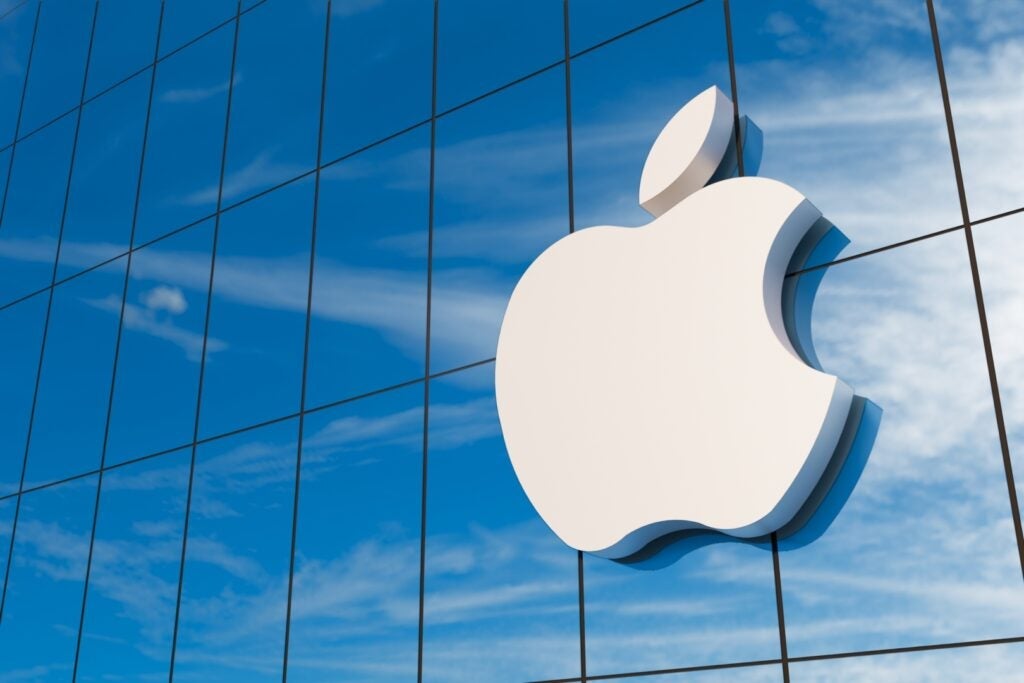Trade War Tremors: How Samsung Outmaneuvers Apple in Global Manufacturing Chess

As the geopolitical chess match between the United States and China intensifies, Samsung Electronics appears poised to gain a strategic upper hand against its tech rival Apple Inc. The key to Samsung's potential advantage lies in its robust and flexible global manufacturing ecosystem.
While trade tensions continue to create uncertainty in the technology sector, Samsung has strategically positioned itself with a diversified production network that spans multiple countries. This approach provides the South Korean tech giant with a significant buffer against potential disruptions and trade restrictions that could impact its competitors.
By maintaining manufacturing facilities across different regions, Samsung can quickly adapt to changing economic landscapes and geopolitical challenges. This nimble strategy contrasts with Apple's more concentrated manufacturing approach, which has traditionally been heavily reliant on production facilities in China.
The ability to swiftly reallocate production resources could prove crucial in navigating the complex and increasingly unpredictable global trade environment. Samsung's multi-regional manufacturing strategy not only offers operational flexibility but also serves as a potential competitive advantage in an era of escalating international economic tensions.
